How to hang a bear bag: two simple methods for securing food
Knowing how to hang a bear bag properly helps protect you and the local bear population, and ensures you have plenty of fuel to keep you wandering in the wild
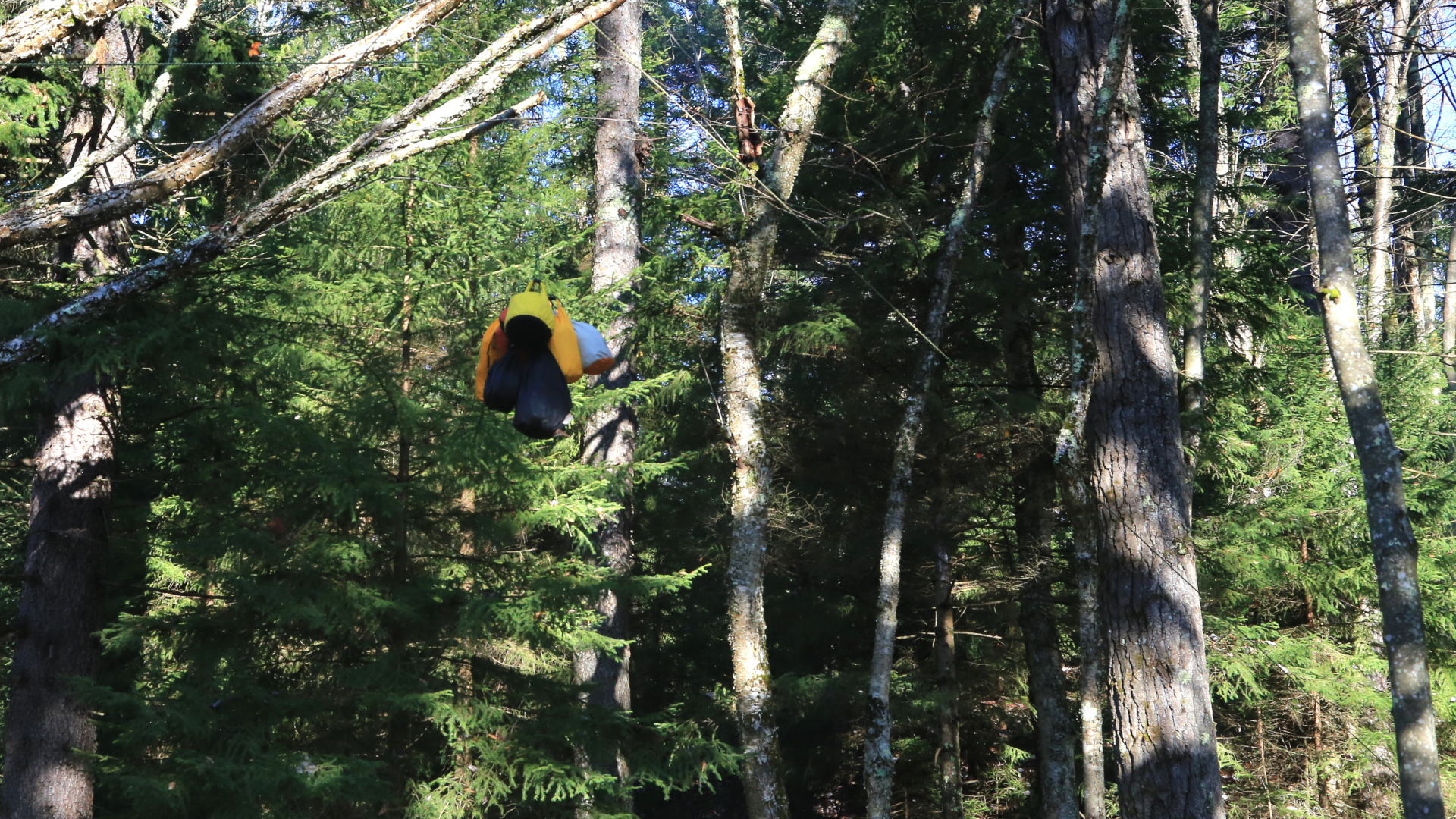
If you’re heading out for an overnight adventure in bear country, you’re going to want to know how to hang a bear bag. Knowing how to hang a bear bag properly helps to keep unwanted intrusions at bay, which keeps you and the local bear population safe, and ensures you have enough tasty backpacking food to last you while you’re wandering in the wild.
Contrary to popular belief, bears aren’t likely to seek you out; in fact, they’d far rather give you a wide berth and upon seeing or smelling humans, will usually move in the opposite direction. However, the big provision to that general rule is if they smell food, they’re likely to come looking for it. Bears are thought to have the keenest smell of any other animal – seven times that of a bloodhound, and food and other smelly items like toothpaste and chapstick will draw them to camp like moths to a flame.
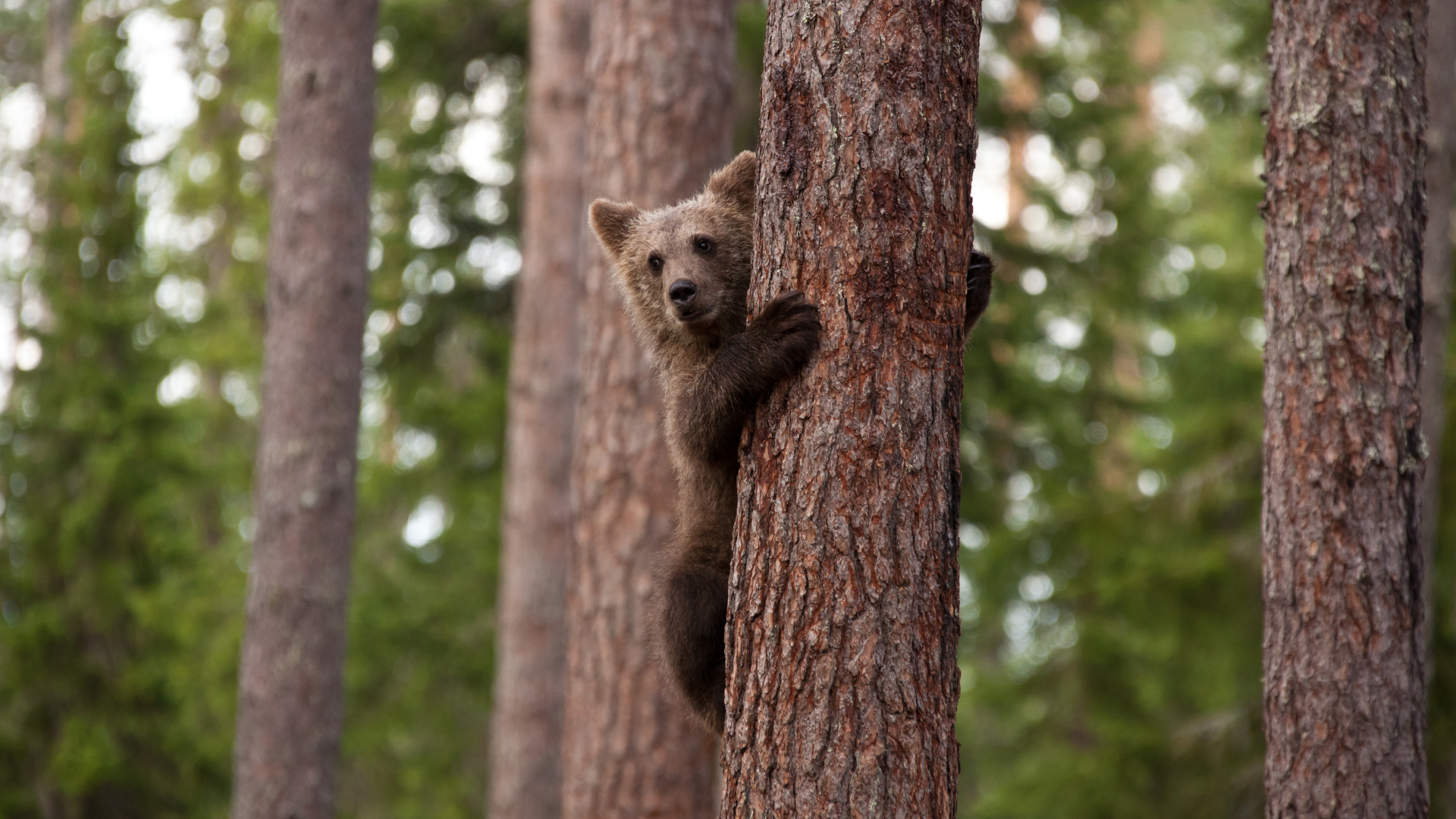
Obviously, you can’t be expected to go camping without food, but you do need to make sure it’s secure. We personally are big fans of using a bear canister, since these hide the scent of your food as well as being impossible for bears to penetrate. However, we recognize that these add weight and take up space in your pack, and public storage isn’t available in the backcountry. A more traditional and rudimentary approach is to put all your food in a bear bag at night, or any time you’re not at camp, and sling it up in a tree.
Bear bags are not foolproof and this approach has its limitations – bears are very crafty when it comes to accessing food. They can climb trees, or shake your bag down, and once they get to the bag, it’s easy for them to tear into your tasty grub. However, knowing how to hang a bear bag properly can definitely improve the effectiveness of this lightweight, packable solution.
Before setting off, you’ll also want to make sure to read our guides on what to do if you meet a bear, and how to use bear spray.
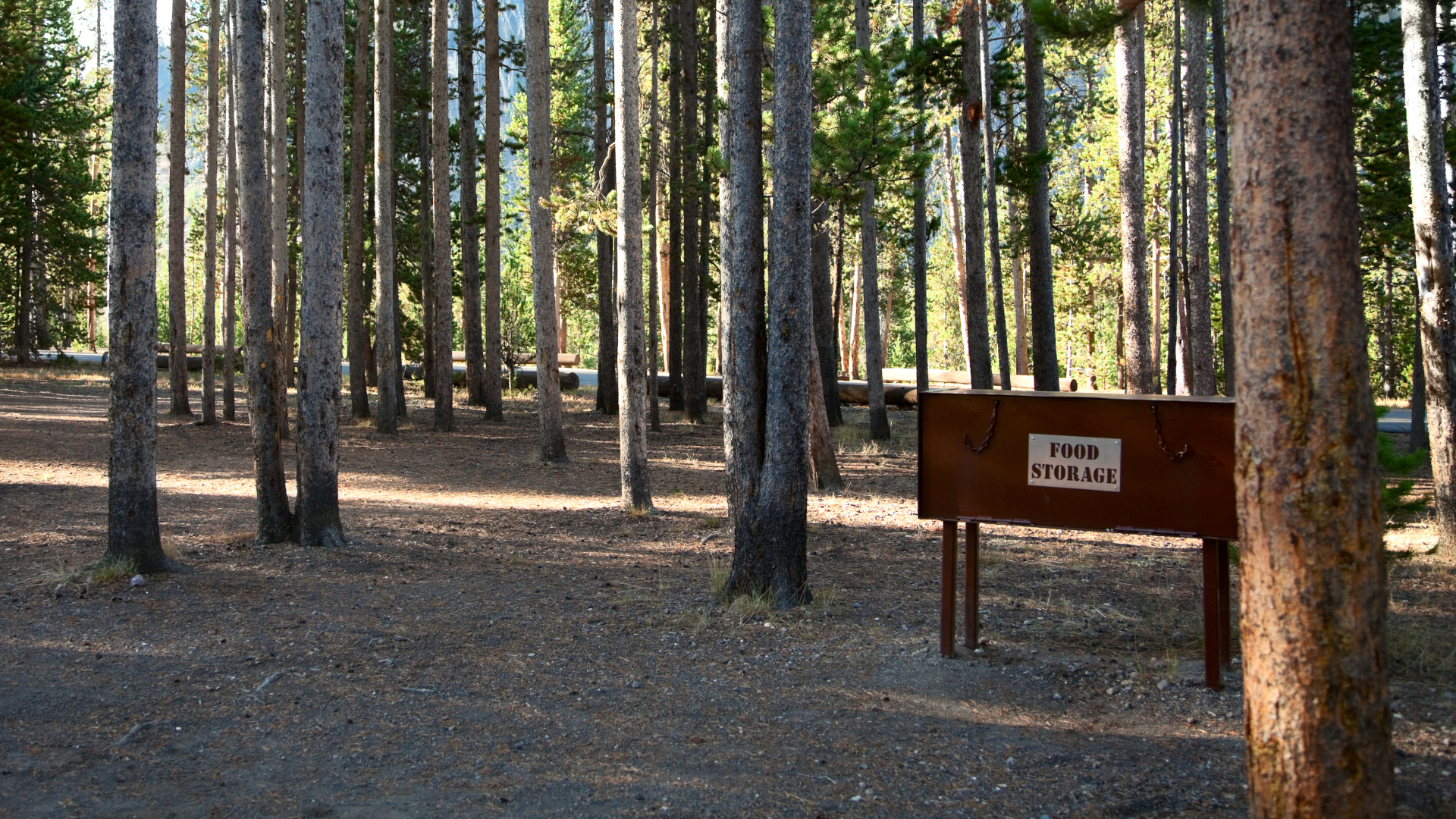
How to hang a bear bag
There are a few different methods for hanging a bear bag, but the general idea is to suspend your food in the air, high enough that a bear on the ground can’t reach it, and far enough away from the tree trunk that a bear in a tree can’t reach it. Here, we’ve outlined the two simplest methods for hanging a bear bag.
How to hang a bear bag: what you'll need
- Bear bag: Many people simply use a lightweight drawstring nylon bag, however it’s worth investing in a sturdier bag that seals properly so your food doesn’t fall out. Whatever you choose, make sure it has a loop that you can attach a carabiner to, or tie a rope to, and is big enough to store all of your food and toiletries.
- Small throw bag: No need to buy anything special – just use your tent pole bag.
- Rope: a lightweight 50ft nylon rope is best.
- A handful of rocks
- Carabiners (optional): these make life easier, but if you’re good at tying knots, you can skip this.
- Stick (PCT method only): find a stick big enough that it can hold up against the weight of your food bag, and can’t pass through your carabiner, maybe 6 inches long and an inch in diameter.
How to hang a bear bag: picking the best tree
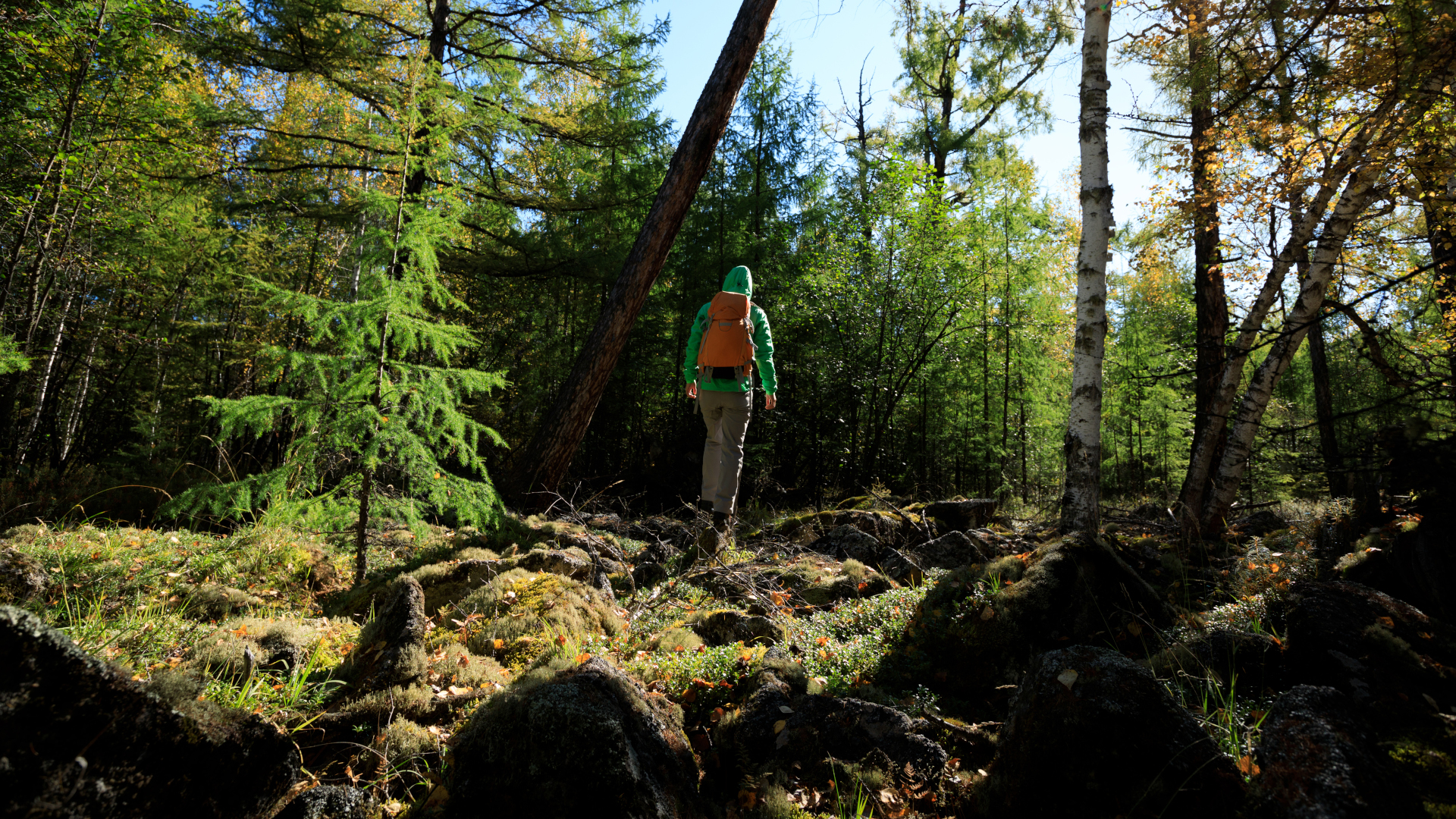
Not just any tree will do for hanging your bear bag. Select a tree that is at least 200ft from your tent – the last thing you want is a bag of tantalizing snacks hanging directly over you while you sleep. Obviously you need a tree with sturdy branches, and the less leaves the better to make it easier to throw your bag up successfully. That said, you may not have too many options and in an alpine forest, you might be surrounded by tall skinny pine trees with few branches close to the ground, so it may take some searching.
All the latest inspiration, tips and guides to help you plan your next Advnture!
One you’ve found a tree, you’re looking for the sturdiest possible branch, and it needs to be about 15ft off the ground. That means a bear can’t reach it from below and it won’t be so high that you can't get your rope over it. Your food needs to hang at least 10ft out from the tree trunk, so you also need a branch that looks sturdy further out.
How to hang a bear bag: the standard method
The standard method of hanging a bear bag is simple and requires little gear, however there is a higher risk here of a bear slashing your rope bringing your breakfast tumbling to the ground.
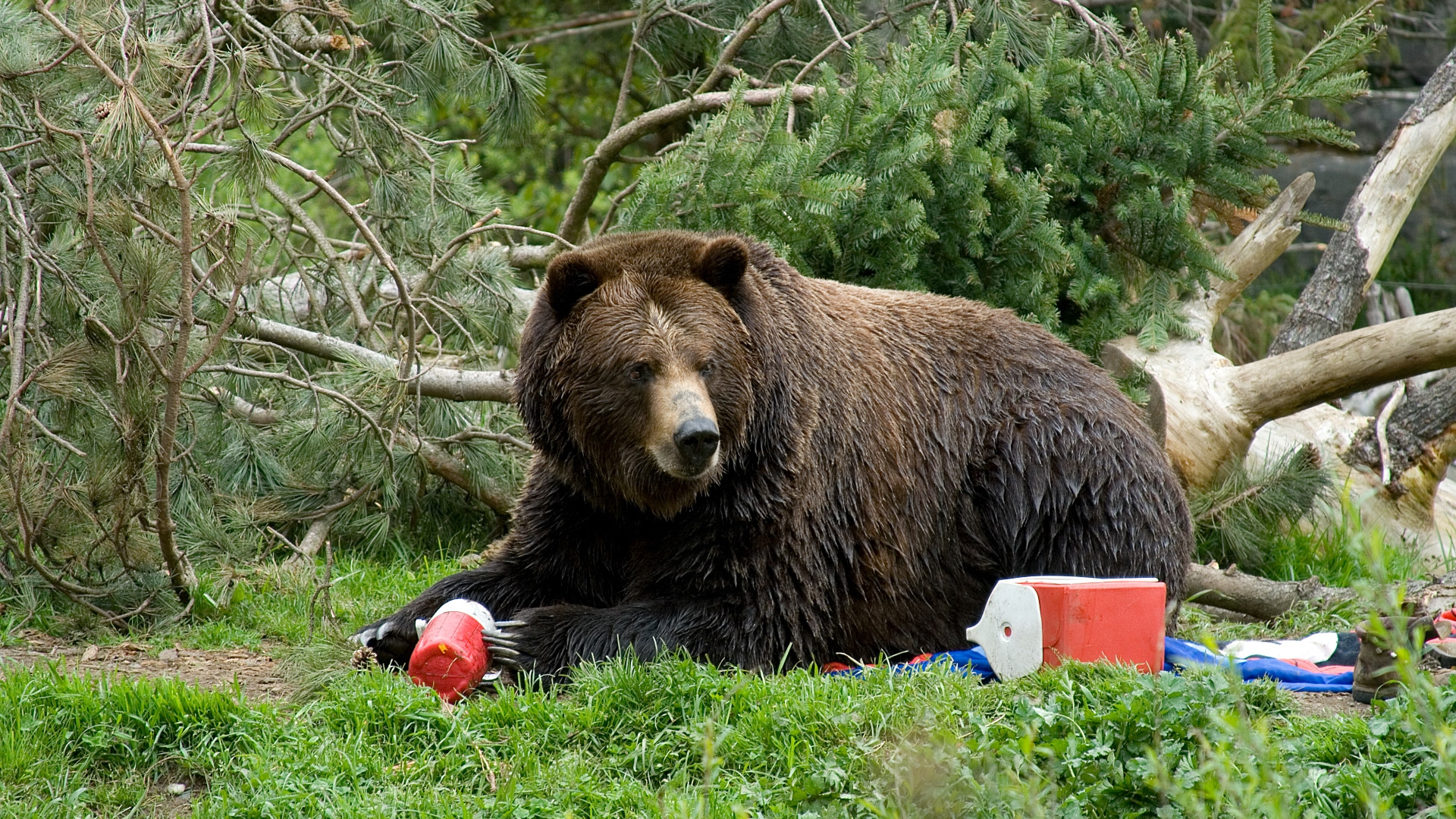
1. Put your food in the bag
When you’re ready for bed, or heading out on a hike, gather up all your food and any other smelly items like deodorant and toothpaste and pack it all in the bag, sealing it properly.
2. Sling your rope
Fill your small throw bag with rocks, then attach it to one end of your rope via a knot or a carabiner. Stand on the other end of the rope, then throw the weighted bag up over the branch – standing on the rope ensures that once the bag goes over, the rest of the rope doesn’t go with it. Expect this to take a few tries!
3. Test the branch
Pull on the rope and make sure it’s going to hold up against the weight of your food before you proceed.

4. Attach the food bag
Once you’ve successfully slung your rope, remove the throw bag full of rocks and replace it with your food bag, again either using a carabiner or a well tied knot.
5. Hang the food bag
Pull on the free end of the rope until your food bag touches the branch, then tie the free end of your rope around the trunk of the tree, as high off the ground as possible. If there is a lot of extra rope, keep wrapping it around the trunk. Time to crawl into your best sleeping bag for the night, and in the morning, you can simply untie the rope from the tree and lower your food down for breakfast.
How to hang a bear bag: the PCT method
The PCT method got its name because it was popularized by thru-hikers on the Pacific Crest Trail. It is only slightly more complicated, requiring a carabiner and a stick, but is thought to be a bit more secure – however, you’ll need to be certain the branch you pick is high as in this method, your bag will hang a bit below it. Once you’ve packed your food and smelly items in your bag, sling your rope via the standard method, then follow these steps:
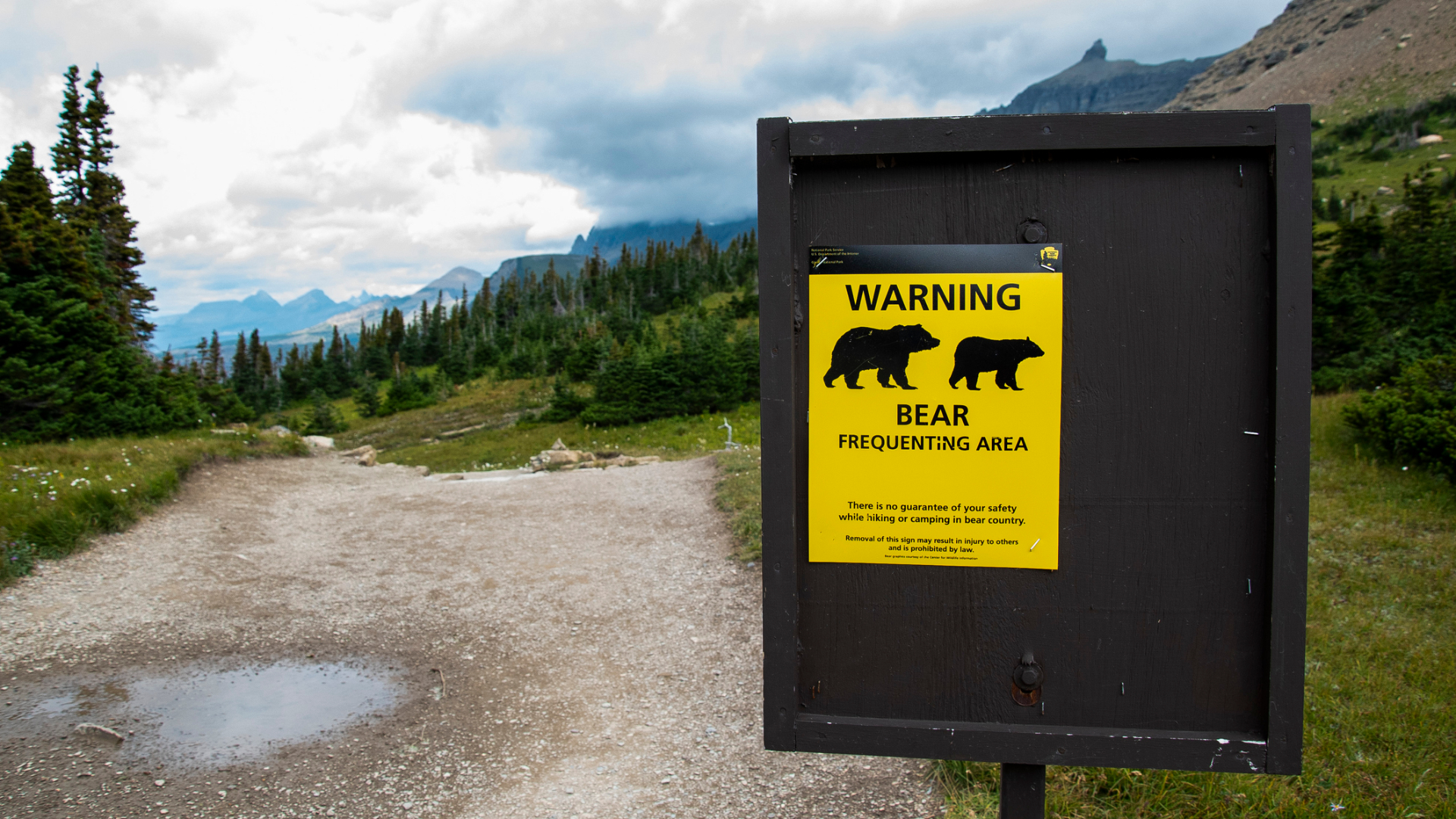
1. Attach the food bag
For this method, you want to attach your food bag to the rope using a carabiner, not a knot.
2. Hang the food bag
Like the standard method, hoist your food bag all the way up to the branch until the rope is taught. Stand on the rope to secure it, give it just a little slack, then reach up as high as you can on the rope and tie the stick onto the rope. Next, step off the rope and slowly lower your bag. When the carabiner attaching your food bag reaches the stick, it will stop as the stick won’t be able to pass through it.
This leaves your bag suspended in the air a few feet lower than the branch, so make sure it is still about 10ft up. The other end of your rope doesn’t have to be secured to anything, it can just dangle to the ground. If a bear comes across it, its paws won’t allow it to pull on the rope and even if it were to chew through it, it wouldn’t bring your food down since the bag is secured by the stick.
When you wake up in the morning, just pull down on the end of your rope, untie the stick and lower your breakfast down and get your camping stove going for a nice, hot breakfast.
Julia Clarke is a staff writer for Advnture.com and the author of the book Restorative Yoga for Beginners. She loves to explore mountains on foot, bike, skis and belay and then recover on the the yoga mat. Julia graduated with a degree in journalism in 2004 and spent eight years working as a radio presenter in Kansas City, Vermont, Boston and New York City before discovering the joys of the Rocky Mountains. She then detoured west to Colorado and enjoyed 11 years teaching yoga in Vail before returning to her hometown of Glasgow, Scotland in 2020 to focus on family and writing.

